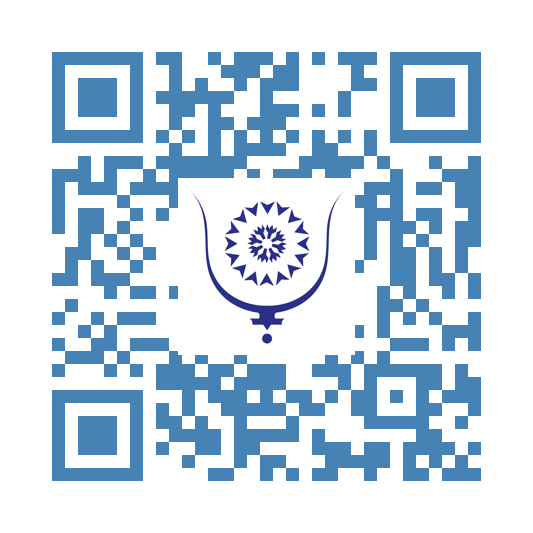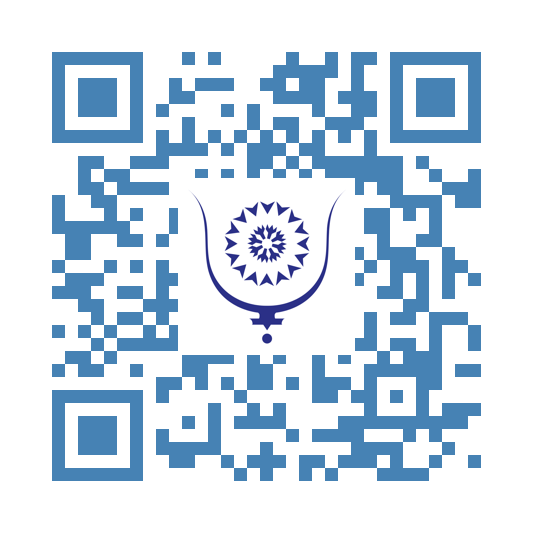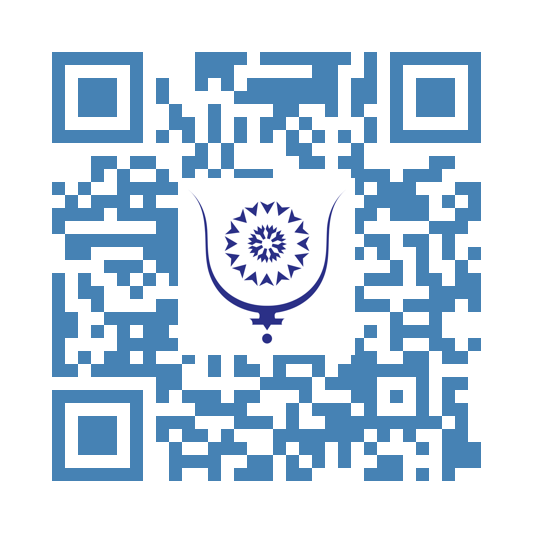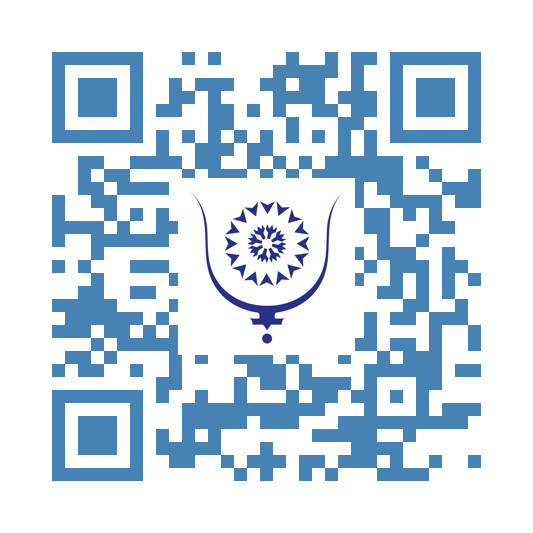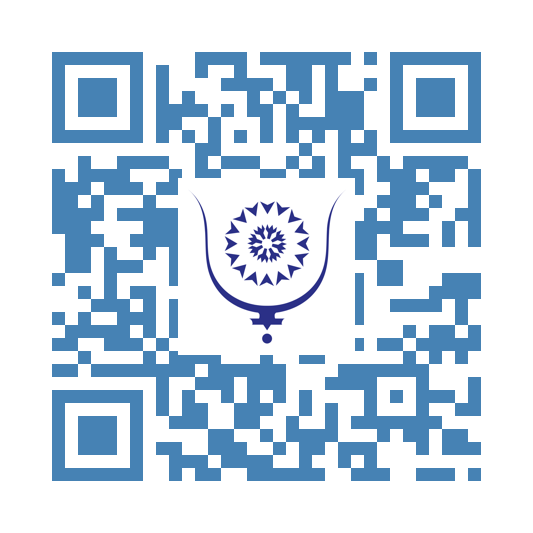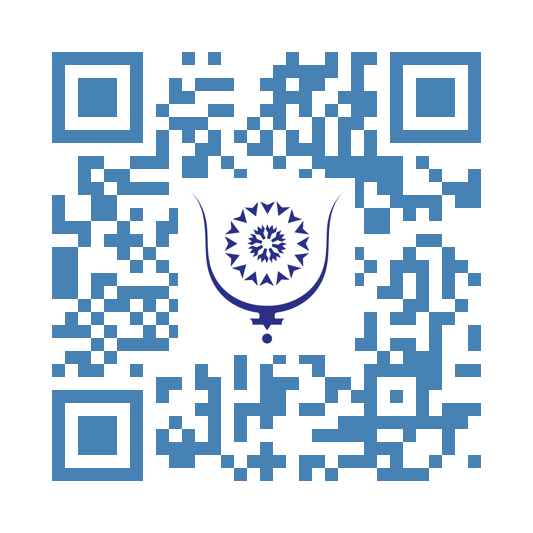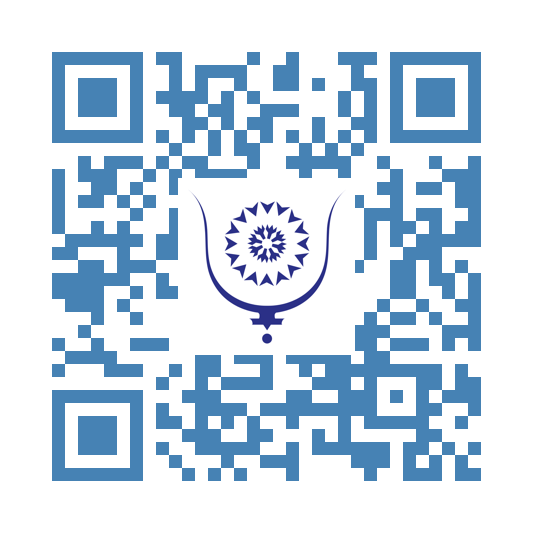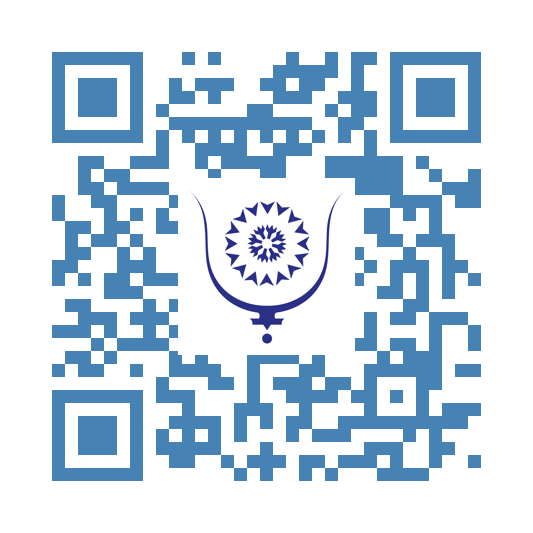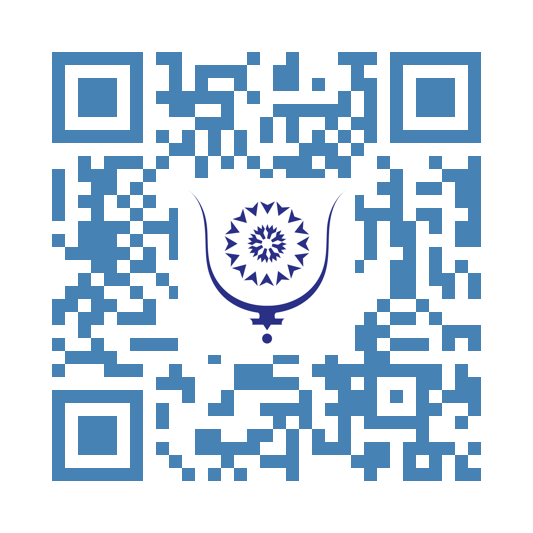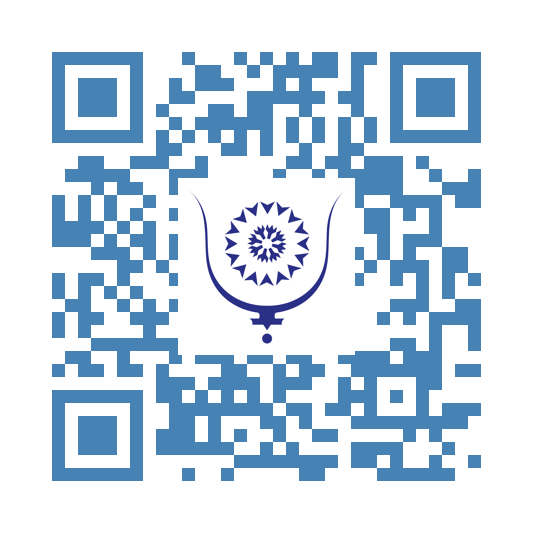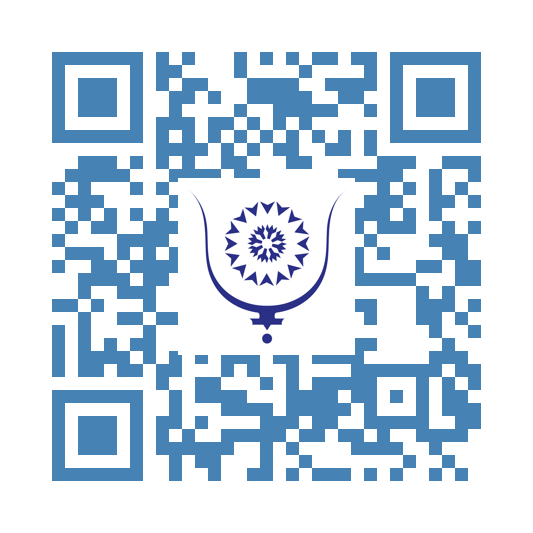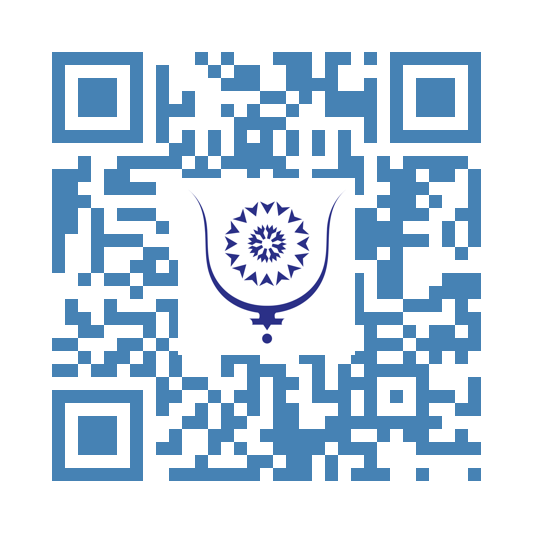4: About symbols and sigils 4525
Symbols play a crucial role in our daily lives, shaping how we communicate and interpret the world around us. A symbol can be defined as an image, mark, or word that represents an object, concept, or abstraction. Carl Jung offers a profound exploration of this concept in his theory of aesthetics, emphasizing the psychological significance of symbols in our collective unconscious.
Names are powerful symbols that engrave our identity in society. They carry personal history, culture, and meaning, helping us connect with others. Signatures serve a similar purpose, representing not just our names but also our intentions and agreements on various documents, from contracts to checks.
Pins and passwords, too, can be viewed as symbols. They are abstractions we create to access personal or confidential information, representing trust and security in our digital interactions. Each type of symbol functions as a key to unlocking different facets of our identity and intentions.
In essence, symbols can be categorized into two main types: disclosed and undisclosed. Disclosed symbols, like names and logos, are public and widely recognized, while undisclosed symbols, such as passwords and personal codes, are private and hold significance only for their creators.
Sigils, a specific type of symbol, are often used in magical practices to invoke particular intentions or extradimensional entities. Traditionally, these symbols acted like a “telephone” to connect with these entities, serving as a means to channel one’s desires into the universe. In modern contexts, particularly within chaos magic, sigils are used to anchor one’s will to manifest specific goals, such as personal success or emotional healing.
Interestingly, we encounter sigils daily, often without realizing it. Our names serve as disclosed sigils, necessary for identification in various activities—from registering for events to establishing online identities. Pins and passwords act as undisclosed sigils, known only to us and provide access to our personal digital realms, such as social media accounts or banking information.
We are constantly surrounded by both created and absorbed sigils. From the brands we encounter to the symbols we personally create (like affirmations or vision boards), these sigils influence our thoughts and actions on both conscious and unconscious levels. Grant Morrison’s observation that "corporate sigils are super-breeders; they invade unbranded imaginative space" speaks to how commercial symbols can shape our desires and identities, often without our awareness.
This brings us to a question: Do we unknowingly practice magick in our everyday lives? The rituals we perform—whether it’s setting intentions for the day or using symbols to navigate our environments—suggest that there may be more to our actions than mere routine. Ancient practitioners of magick often blurred the lines between what we now categorize as science and spiritual practice. They observed natural phenomena, conducted experiments, and created systems of understanding that predate modern scientific terminology.
By examining the interplay between symbols, sigils, and our daily actions, we can appreciate the deeper meanings and influences that shape our lives. Symbols are not just marks or images; they are powerful tools that connect us to our identities, intentions, and the world around us.

